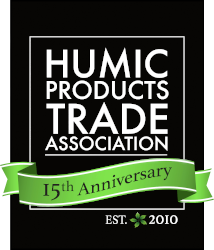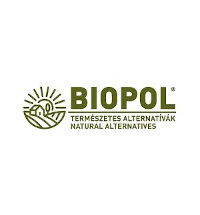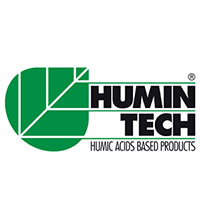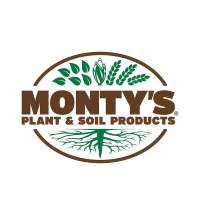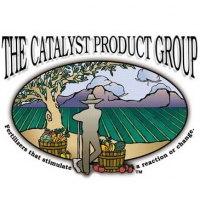Humates/Humic Products
What are humates?
Humates, or humic products, include naturally-occurring mined materials such as leonardite, oxidized lignite, carbonaceous shales and humates. Humates also can be found in liquid products such as liquid humic acids and liquid fulvic acids, soluble or suspendable powders and gels.
What are humates made of?
Humates are composed either in-part or primarily of humic substances, humic acids and/or fulvic acids.
What are humic substances?
Humic substances are the dark colored substances that remain after the natural biodegradation of biomatter. Their distinct characteristics are their relative resistance to further biodegradation and highly heterogeneous molecular structure.
What are humic acids?
Humic acids is a broad term used in commerce and science to identify a class of isolated compounds that can be extracted from natural humic substances in several ways, typically with alkali solutions, and then precipitated from the alkaline aqueous solutions by acidification.
What are fulvic acids?
Fulvic acids is a broad term used in commerce and science to identify a class of isolated compounds extracted from natural humic substances that are soluble in both alkali and acidic aqueous solutions. Fulvic acid has always been present in plants and soils, yet only recently has it been recognized for its incredible value in energizing cell life among plants and microbes.
What are the benefits of humates?
Humates are used extensively to:
- Increase plant quality and production through, among other things, the increased efficiency of fertilizers.
- Benefit agronomic system plans designed to reduce environmental impact and improve soil quality.
- Create much stronger root systems with increased length, density and root radius.
- Help accumulate solar energy thereby increasing cell energy balance through increased synthesis of chlorophyll.
Humates natural processes result in:
- An increase in the plant’s resistance to unfavorable stress factors
- Improved nitrogen assimilation
- Nutrient uptake
- Help facilitating the synthesis of sugars, vitamins, and more.
Humates provide direct benefits to:
- The soil
- Stimulating microbial activity
- Breaking up compacted soils
- Improving water holding capacity
- Accelerating breakdown of organic matter
In what form do humates come?
Humates, depending on what they are used for, can come in granular, liquid, gel, or powder form.
What do I use humates on?
The primary applications of humic products include commercial agriculture, as soil amendments and fertilizer additives, landscape and turf construction and maintenance, soil and water remediation, dietary supplements, livestock feeds and drilling mud additives. Humic products may also be used in formulations such as pet foods, cosmetics, nutraceuticals and other consumer products.
Why are humates so important?
Crucial to life, humates restore the natural balance in soil necessary for optimal plant growth and provide the foundation for plant vigor.
Can I use humates if I grow organically?
Yes, humates comply with 205.203(d)(2)of the National Organic Program. They are highly concentrated natural organic matter, formed through biological breakdown of plant life typically over geological time spans. Humates in their purest form, are natural. They can therefore be used when farming organically.
What does HPTA do?
The HPTA promotes commercial trade of humic products thru scientific cooperation while addressing regulatory issues.
How can I get involved with HPTA?
Membership in HPTA is open to any person, company or organization with an interest in promoting the commercial trade of humic substances and who agree to abide by the HPTA Code of Ethics.

